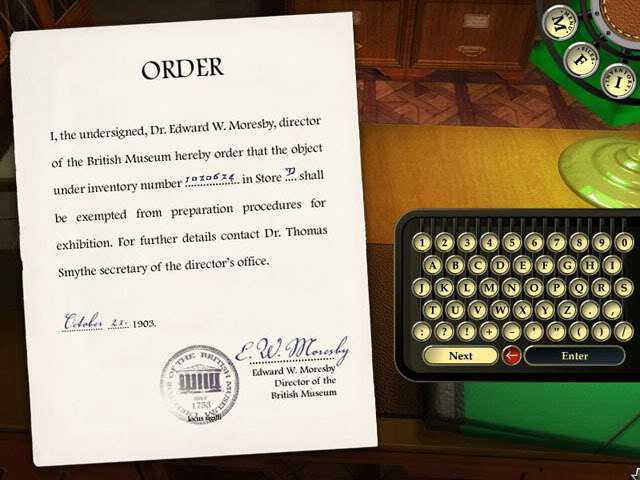Locus Sigilli Meaning Examples and History

Locus Sigilli: Meaning, Examples, and History
What Does Locus Sigilli Mean?
"Locus Sigilli," meaning the place of the seal, is a Latin term denoting the area on a contract where the seal is to be affixed. The Locus Sigilli often appears on copies of documents. This signification replaced seals on documents.
Key Takeaways
- "Locus Sigilli," Latin for the place of the seal, denotes the area on a contract where the seal is to be affixed.
- By the 19th century, embossed or impressed seals, and the use of the initials L.S., replaced wax seals.
- The abbreviation L.S. may appear on notarial certificates to indicate where the official seal should be affixed—or to let a signatory know where to affix their signature.
Understanding Locus Sigilli
A seal is an official mark on a contract or document to show that it has been certified, officially approved, and has legal force. A contract under seal indicates the parties’ intention to be legally bound by the terms within.
Historically, under common law, a seal could take the place of consideration given in a contract. Contracts under seal are theoretically more enforceable, although the legal difference varies by location.
In modern law, there is a reduced distinction between documents with this designation and original copies with an official seal. The Uniform Commercial Code (UCC) states that this distinction is irrelevant for sales of goods. However, for some documents, such as birth certificates and marriage certificates, an official seal is necessary for certification and legal weight.
Company seals state the name, date, and state of incorporation.
Examples of Locus Sigilli
The abbreviation L.S. may appear on notarial certificates to let the notary or other official know where the official seal should be affixed. It can also be used to let a signatory know where to affix their signature.
If an embossed seal is used, it should be affixed over the letters. If a rubber stamp seal is used, it should be affixed next to, not over, the abbreviation. Rubber stamps are favored for official recording.
History of Locus Sigilli
The term "Locus Sigilli," or the abbreviation L.S., replaced the practice of affixing wax seals, offering evidence that the owner of the seal was a party to the contract. The wax seal defended against fraud or modifications to a contract.
Courts once only accepted a seal pressed in wax. By the 19th century, embossed or impressed seals replaced wax seals, including the use of the initials L.S. In modern usage, an embossed paper disk, an impression in the paper itself, or a stamped-ink seal replaces the wax seal, with L.S. indicating the placement.
What Does "L.S." Stand for in Law?
L.S. is the abbreviation for "Locus Sigilli," meaning "place of the seal" and denoting where the seal should be placed on an official document.
What Contracts Require a Seal?
Many contracts can require a seal depending on the jurisdiction’s laws, the type of contract, and the parties involved. Real estate contracts, certain loan agreements, and birth certificates may require a seal. However, seals are not as commonly used today to certify the legality and authenticity of a contract.
What Is the Purpose of a Seal on a Document?
The purpose of a seal on a document is to show its authenticity, the binding legality of the contract, and that the contract is finalized.
The Bottom Line
Many contracts come with a seal to confirm the existence and authenticity of the contract, and that it is legally binding. In Latin, "Locus Sigilli" denotes the place on a contract where the seal should go.
Many contracts come with a seal to confirm the existence and authenticity of the contract, and that it is legally binding. In Latin, "Locus Sigilli" denotes the place on a contract where the seal should go.



